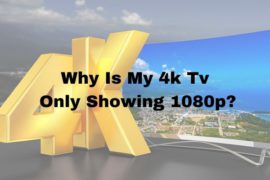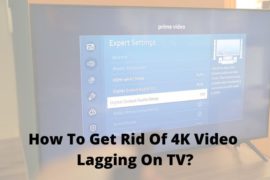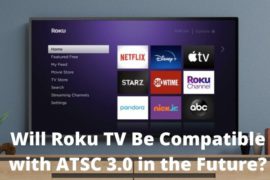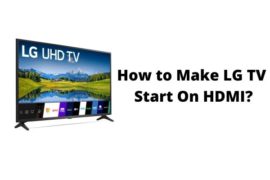Currently, the 4K Television sets by VIZIO’s P, M, and V – series are ruling over the market due to their spectacular HDR services. You can tell those as one of the prominent TVs. Especially, the VIZIO M-series supports both generic HDR (Dolby Vision) and HDR10.
4K with HDR is the best combination you can get, for many reasons. We’ll get to that later. But like any 4K device, we have to take care of the 4K compatibility for the best 4K HDR viewing experience.
When it comes to 4K compatibility of other devices via HDMI, a common question is which HDMI port to use for 4K VIZIO. The answer is simple, but a little background is necessary to justify the answer.
Why Is HDR A Blissful Addition To 4K TVs?
Commercially, 4K is synonymous with Ultra High Definition or UHD. This is not to be confused with HDR. Because 4K refers to a screen resolution, that is, the number of pixels accommodating along the width of the screen.
Whereas HDR refers to the quality of a picture. HDR or High Dynamic Range signifies the brightness of color and intensity of color contrast, which is far more than regular UHD.
HDR gives you a more realistic view, almost like that which you may see when you peek through your bedroom window. 4K makes that more prominent.
Put them together in a TV, and there you have it – the most divine TV viewing experience.
Why Does the HDMI Port Matter?
A proprietary audio or video interface that is responsible for transmitting uncompressed video data and compressed or uncompressed digital data is called HDMI or High-Definition Multimedia Interface. HDMI is an interface that transfers data from one device to another.
You have probably noticed that 4K VIZIOs contain many HDMI ports on the back of the devices. For example, VIZIO M-series has four ports at the back of the TV. The thing with HDMI ports is, they are almost the same-yes. But the devil is in the details.
Different ports support different external media to bring out the best of that media. For example, if you see ‘HDMI (STB)’, it supports the Set-Top Box (STB). If you see ‘HDMI (ARC)’, then you should attach any Audio Return Channel device.
The most important and complicated of these is the HDMI (HDCP).
In summary, HDCP is more complex because it has more restrictions or conditions in terms of source-device compliance. Also, it has a quite sophisticated connection called a ‘Handshake’. But we can skip that discussion in this case.
So Which HDMI port to use for 4K VIZIO?
Usually, the ports of VIZIO M-series are HDCP 2.2 compliant (pretty cool TV). But it is the ‘HDMI 1’ labeled port that you are looking for.
That port behind a 4K VIZIO is where you should attach your 4K compatible devices. Because it is the only port that qualifies for HDMI 2.0. Why is that relevant?
This is why… HDMI 2.0 supports not only 4K, but also HDR. This means if you want to get the full HDR + 4K experience (which is the whole purpose for you buying this TV), then use HDMI 1 port.
However…
Getting a 4K experience is not dependent on the ports only. There are several other factors. These are briefly discussed below:
The HDMI cable: An HDMI cable is a two-ended connector. It can be of many types such as Type-A, Type-B, Type-C depending on the structure. But what we are mainly looking for is the bandwidth of data it supports.
For watching true 4K and HDR in your VIZIO TV from an external 4K HDR source such as a BluRay player, the HDMI 2.0a cable should be used. It offers a more vibrant color display than ever. This is significantly more visible than any offered by any other previous version of HDMI cables.
The Source Device: The best source device to play 4K content on TV is any BluRay player.
But your BluRay player has to support not only 4K but also HDR to view 4K HDR content.
Moreover, it should be compatible with HDMI 2.0 or HDCP as well (which should be the case if the device has such brilliant features!).
To Sum Up
It is not confusing at all to find out which HDMI port to use for 4K VIZIO. You just need to know the ports, connectors, and devices.
You should most definitely read the user manual for different media you choose to play.
Moreover, try buying your connectors or any external source device after reading your TV’s instruction manual.
Related Posts:




